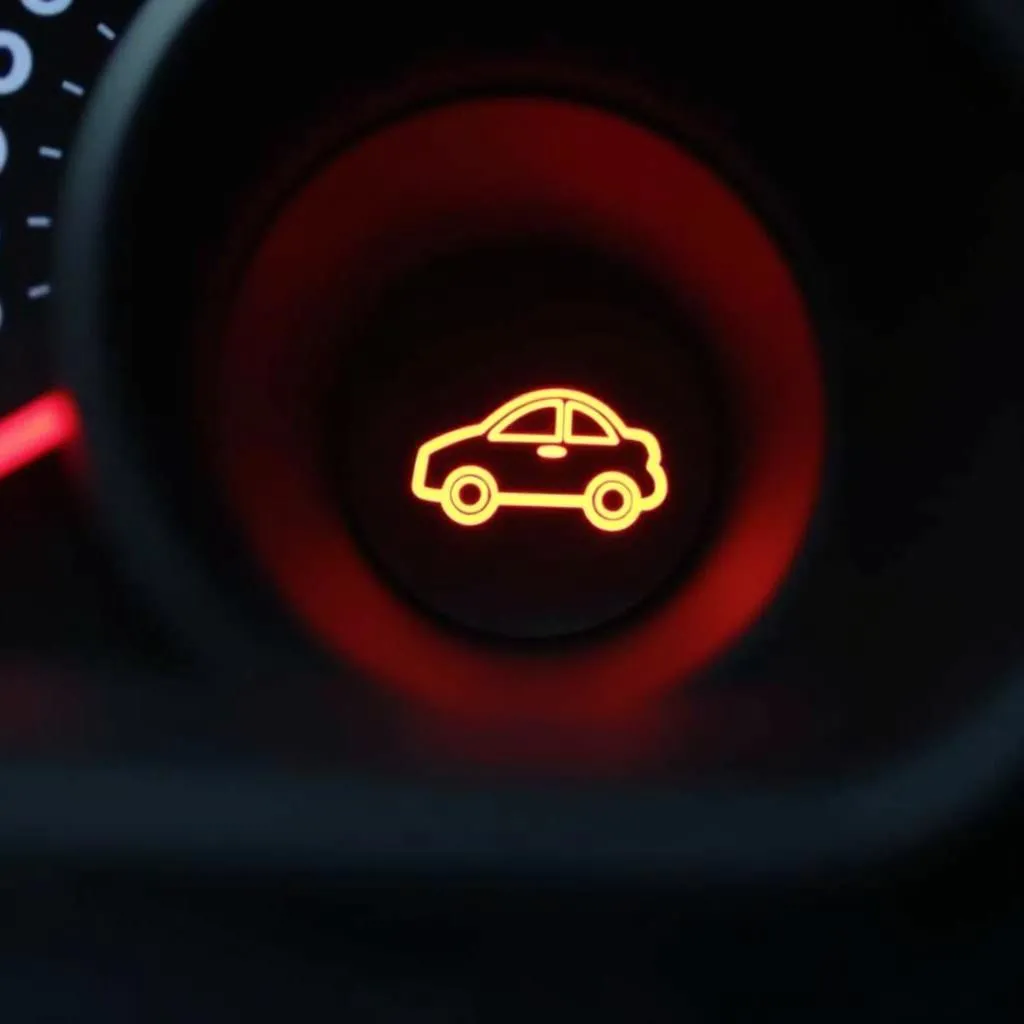If you’re reading this, chances are you’re experiencing one of the most common – and frustrating – issues with a 2003 Ford Focus: the brake warning light staying on. While this can be unnerving, don’t panic! This article will guide you through the potential causes and provide practical solutions to help you get back on the road safely.
A persistent brake warning light is your car’s way of signaling that something isn’t right with the braking system. It could be a minor issue or something more serious. Fortunately, with a little troubleshooting, you can often pinpoint the problem without needing advanced mechanical skills.
Common Culprits Behind a Steady Brake Light
Before we dive into solutions, let’s examine the usual suspects causing your 2003 Ford Focus brake warning light to stay illuminated:
-
Low Brake Fluid: This is the most common culprit. Brake fluid, the lifeblood of your braking system, can deplete over time due to leaks or worn brake pads.
-
Worn Brake Pads: Brake pads have wear indicators that trigger the warning light when they thin out, signaling it’s time for a replacement.
-
Faulty Brake Light Switch: This switch, located behind the brake pedal, signals the brake lights to activate when you press the pedal. A malfunctioning switch can cause a constant warning light.
-
ABS Issue: While less common, a problem with your Anti-lock Braking System (ABS) can also trigger the brake warning light.
Troubleshooting the Problem: A Step-by-Step Guide
Now that you’re familiar with the potential causes, let’s walk through a step-by-step troubleshooting process:
-
Check Your Brake Fluid Level: Locate the brake fluid reservoir under the hood (refer to your owner’s manual if needed). The reservoir will have “Min” and “Max” markings. If the fluid level is below the “Min” mark, add the appropriate brake fluid (DOT 3 or DOT 4, as specified in your owner’s manual) until it reaches the “Max” line.
“Always use fresh brake fluid from a sealed container. Moisture contamination can drastically reduce braking efficiency.” – John Miller, ASE Certified Master Technician
-
Inspect Your Brake Pads: If the brake fluid level is fine, it’s time to check your brake pads. Look through the spaces between the wheel spokes to visually inspect the pads. If they appear thinner than 1/4 inch, it’s likely time for a replacement.
-
Consider the Brake Light Switch: If both the brake fluid and brake pads seem fine, the brake light switch could be the culprit. While this requires a bit more mechanical expertise, you can attempt to test it yourself. Locate the switch above the brake pedal arm. With the ignition off, press and release the brake pedal several times. If you hear clicking sounds, the switch is likely working. If not, it may need replacement.
-
Don’t Ignore the ABS Light: If your brake warning light is accompanied by an illuminated ABS light, it indicates a potential issue with your Anti-lock Braking System. This requires specialized diagnostic equipment, so it’s best to consult a qualified mechanic.
When in Doubt, Seek Professional Help
While this guide offers a starting point for troubleshooting, remember that your brakes are critical for safety. If you’re unsure about any aspect of the inspection or repair, it’s always best to consult a qualified mechanic. They have the expertise, tools, and experience to diagnose and resolve the issue accurately.
A Final Word on Brake Safety
A consistently illuminated brake warning light is not something to ignore. Addressing the issue promptly ensures your safety and the well-being of others on the road. By following these troubleshooting steps and knowing when to seek professional help, you can keep your 2003 Ford Focus running smoothly and safely.


